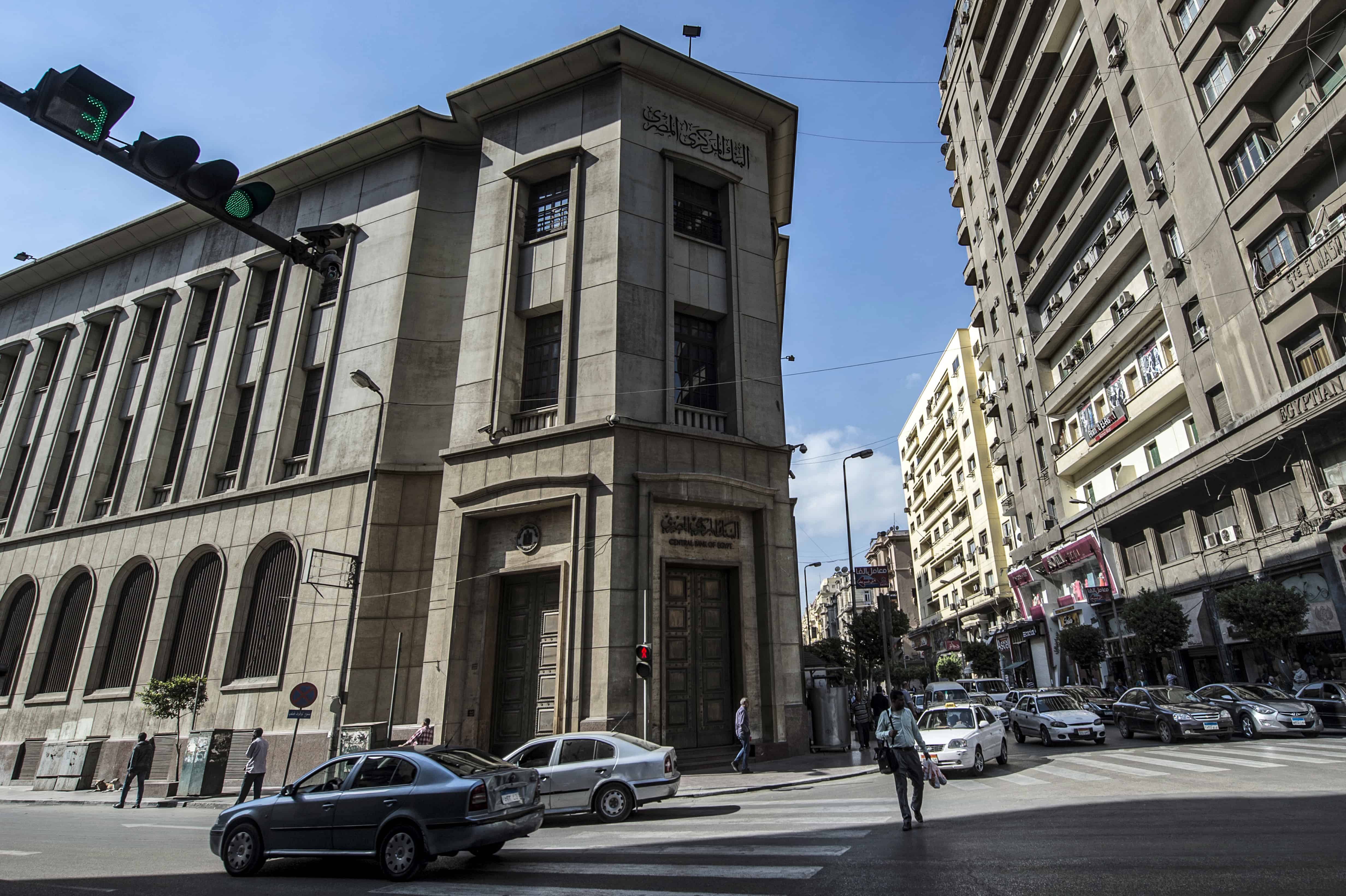Cairo, Egypt— Egypt’s financial inclusion has widened as total ownership of transactional accounts reached 64.8 percent of the total 65.4 million eligible adult population at the end of 2022.
The financial inclusion, according to the country’s central bank, increased 147 percent between 2016 and 2022 to 42.3 million citizens who own and use transactional accounts such as Egypt Post accounts, mobile wallets and prepaid cards.
The indicators showed a rise in the number of women who own a transactional account, recording 18.3 million women by the end of 2022 — a 210 percent rise compared to 2016.
Mobile wallets and prepaid cards primarily led to the increase. Between 2020 and 2022, mobile wallets grew by 54 percent, while prepaid cards rose by 31 percent.
The total number of prepaid cards jumped to an average of 43,800 cards per 100,000 people, while mobile wallets reached 46,500 per 100 thousand citizens.
In addition, access points from branches, ATMs, points of sale and payment service providers surged 107 percent to reach 1,214 access points in the past two years.
Tracking the level and trends of financial inclusion aids in developing policies that support the economic empowerment of locals, reported the central bank in its release.
The promising indicators lie “within the framework of the efforts exerted at the state level toward achieving economic empowerment for all citizens,” stated the CBE.
The bank further added that monitoring such progress will help the Egyptian government “attain sustainable growth and economic stability, in alignment to the sustainable development goals and Egypt’s vision 2030.”
Nevertheless, Egypt’s external financing needs are standing in the way of its economic development. They may hinder its medium-term growth, according to a report published by Morgan Stanley last month.
“Egypt has favorable prospects for medium-term growth, but the large external financing needs weigh on the macroeconomic outlook,” said the report.
Even though the continuous depreciation of the Egyptian pound since 2022 will aid in shrinking the current account deficit, there is a limited recovery in its official reserves.
The report attributed this to the uncertainty around the rate of reform and the tightening of financial conditions in the global economy, which will likely limit foreign direct investment flows.

